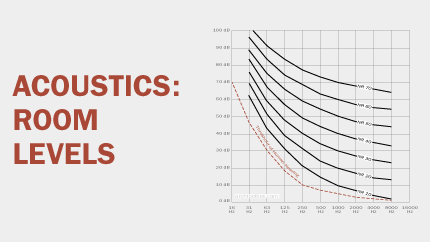The "visually" most "dynamic" recording I think I have.
It is far from Classical, but is definitely Orchestral:
View attachment 283640
Just under an hour of music above.
Zooming in on the very beginning:
There is silence from the orchestra, the record level is brought up a little, bringing up the ambient noise level from silence so the start is not so jarring
A single instrument begins playing softly, barely heard.
Linear scale - 1/100th of full linear scale:
View attachment 283639
Decibel scale:
You can see the ambient noise as spikes as the record level is raised before the single instrument starts.
The softest level of the program is around -50dBFS
View attachment 283638
The "quiet" sections later in the piece around -30dBFS, See the skinny flat parts of the first graphic.

